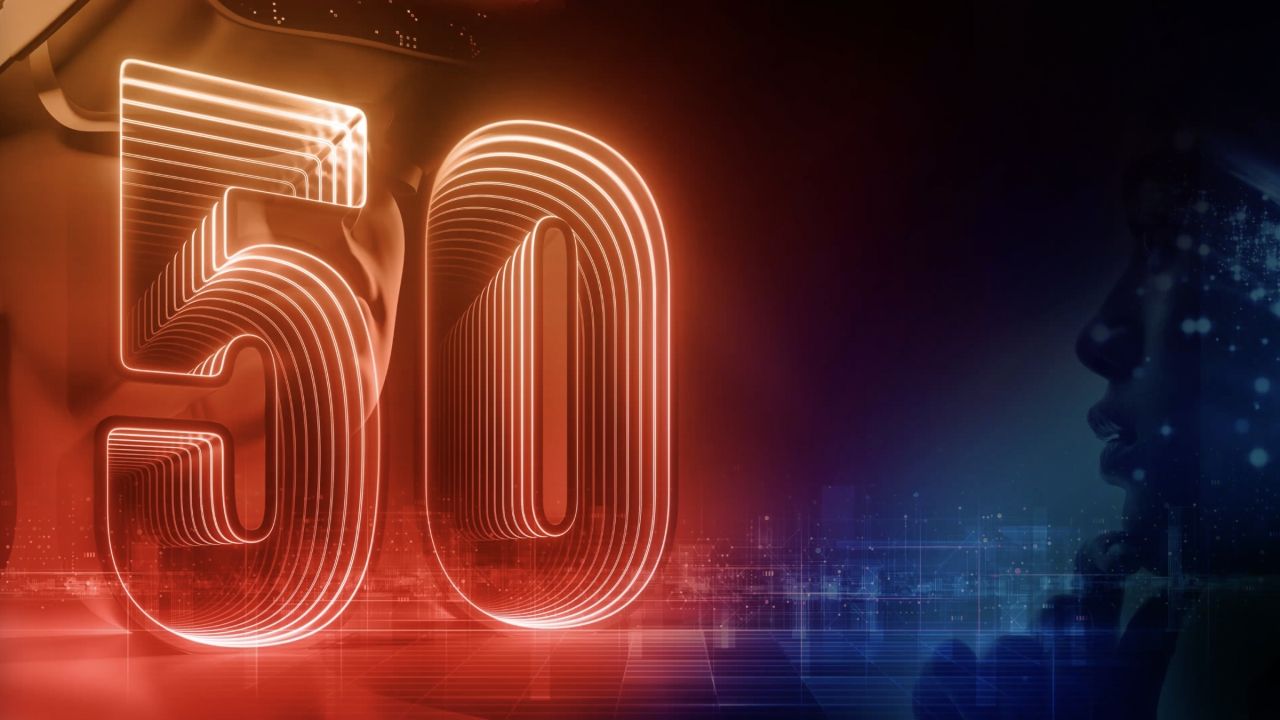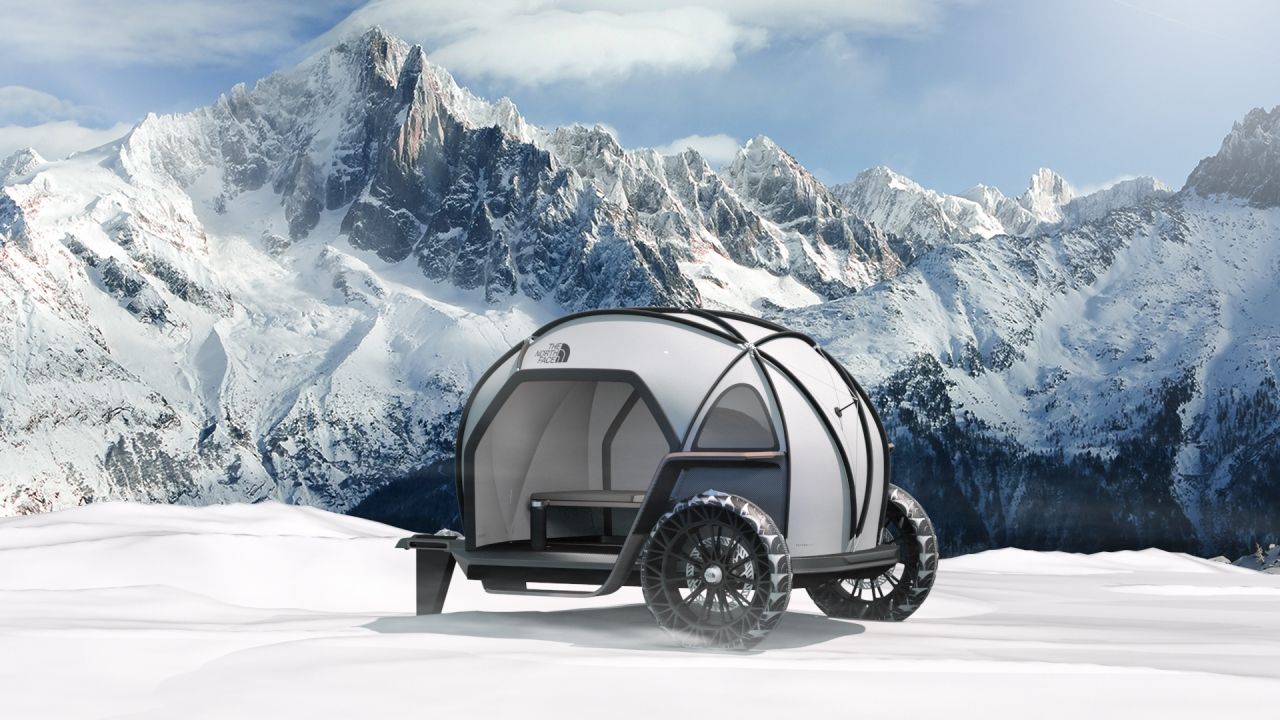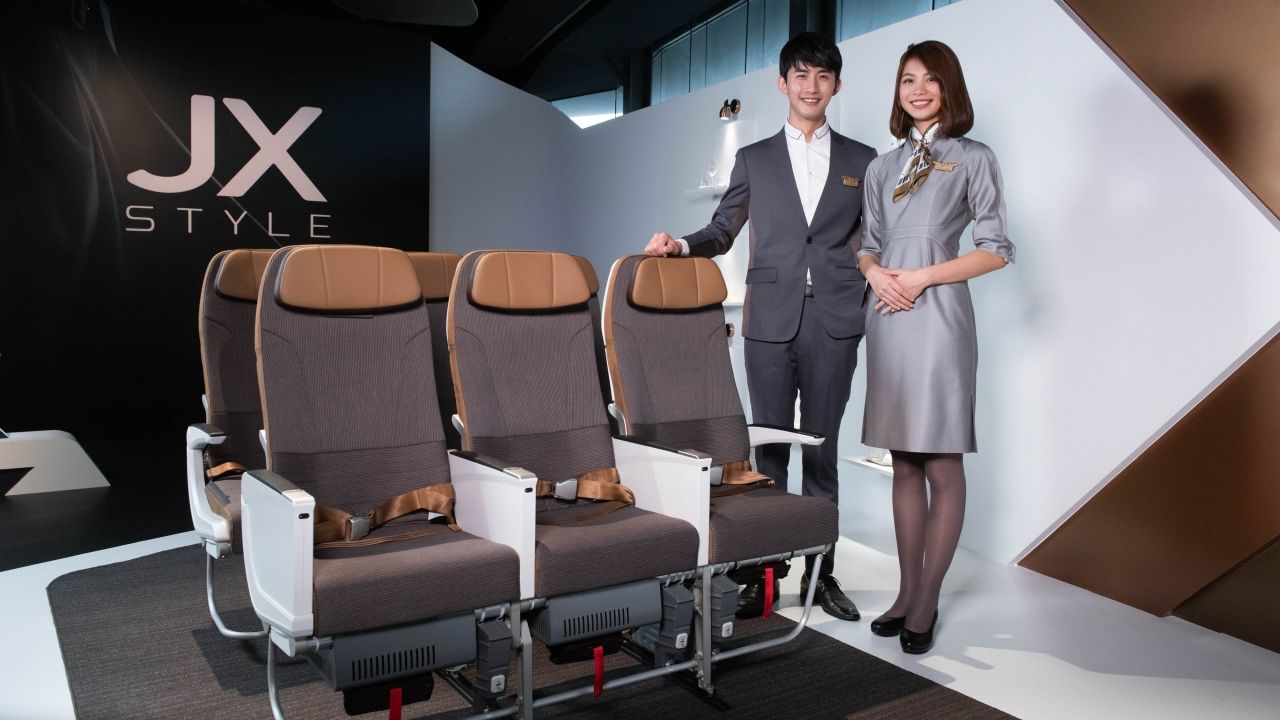The Power Of Language: Why Clarity Is Key — For Sustainable Solutions And Brand Success

Language can be incredibly powerful. But not always. Fuzzy terminology or confusing technical jargon occasionally blur the focus of design projects, especially when organizations are collaborating without a shared and specific understanding of key terms and goals. When it comes to designing innovations for sustainability, weak words can lead to ineffective outcomes. In the second part of our interview with our Associate Director Sustainability & Creative Consulting, Anne Farken shares her expert knowledge of how creating clarity can maximize the potential to design sustainable solutions.
Ecodesign, sustainable design, circular design, regenerative design… What do these terms really mean?
Right now, there are no standard definitions — but let me give you an overview of the ideas behind these concepts. Ecodesign, for example, involves taking environmental factors into account during design. Sustainable design follows the same approach but considers social aspects too.
Circular design aims to extend the product life, and to facilitate the return of components and materials into the economic cycle. That often involves designers integrating principles and strategies like “product as service”, where products are used but not owned by the user. They might also include issues like reparability, care and maintenance during the planning process.
Regenerative design goes a step further by taking special account of cultural and societal factors. Importantly, it’s not really about minimizing damage or optimizing what already exists. Instead, it’s about achieving a positive overall impact. This approach is stronglyinfluenced by a worldview that sees humans as part of the global ecosystem, rather thanseparate from it. In my daily work, I’m seeing increasing popularity for regenerative design methods.
“Whatever type of project we are working on, we always express things in concrete terms right from the beginning.”
Fuzzy language can create difficulties when people and organizations collaborate. How do you deal with that problem?
That’s absolutely true! Words like “sustainability” and “innovation”, for example, have been totally overused – and are now almost meaningless. That leads to misunderstandings in design processes and among the general public. At Designworks, we address sustainability in very specific terms at the start of every project. Together with our partners, we define the purpose of the project, formulate measurable goals and reflect on the questions we want to answer. We call this “design for intention”. It’s an interesting approach because we have no idea what the end result is going to be when we get started. If our intention is clearly formulated at the beginning, it empowers interdisciplinary teams to work together more effectively. And that generates new solutions that emerge during the process.
The goals we define range from optimizing a product through to substituting materials or concepts. It is essential to agree hard (quantitative) and soft (qualitative) criteria, as well as development guardrails for pursuing those goals. Then we make sure we strike the rightbalance between them.
Whatever type of project we are working on, we always express things in concrete terms right from the beginning. We work with our partners to sharpen the focus of fuzzy statements like “We want to make our business operations more sustainable”. That’s often a difficult process for everyone involved, but defining everything in such concrete terms is the only way to bring together all of the necessary competencies and to structure the process effectively.
“In my opinion, it’s not just a question of designing new things. It’s also about designing beneficial new ways to connect things that already exist.”
How do you believe design can unlock big potential in the future?
In my opinion, it’s not just a question of designing new things. It’s also about designing beneficial new ways to connect things that already exist. That’s why I think the biggest potential for design comes from the fact that it involves asking critical questions and revealing more effective solutions. Designers have an opportunity to show how we can all live our lives differently and better. In fact, designers have a responsibility to do that! Their creative and optimistic mindset can identify where our society wants to go – and they can make a big contribution to progress for humankind.
“Brands that make a real contribution to people and the planet will make a deep connection to the next generation.”
Take a look at GenZ, for example. Young people have been given the responsibility for the future of our planet. That’s a big weight to carry, and it causes internal conflict because GenZpeople also want to enjoy their lives and take care of their own future. They’re losing trust in established institutions and they believe businesses should help overcome the challenges facing our world. They can see through greenwashing quickly and they won’t accept being spoken to as a simple “consumer”. Instead, they want to feel empowered and they want companies to address them as an equal.
Design can help companies to set GenZ free from that weight of responsibility by finding sustainable solutions and offering opportunities for active participation. That’s a great basis for trust – because brands that make a real contribution to people and the planet will make a deep connection to the next generation. Wouldn’t that give us a more balanced creative-economic-social future?


